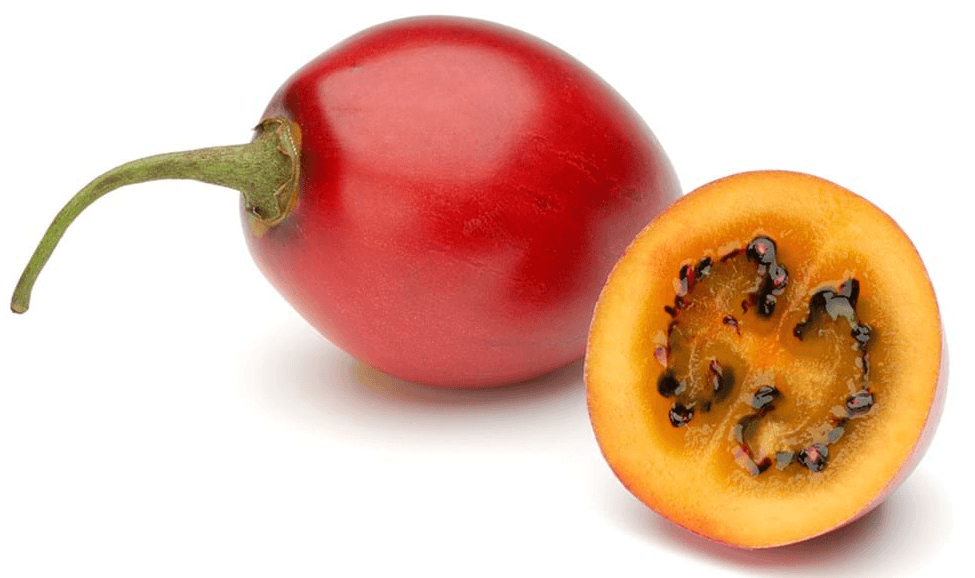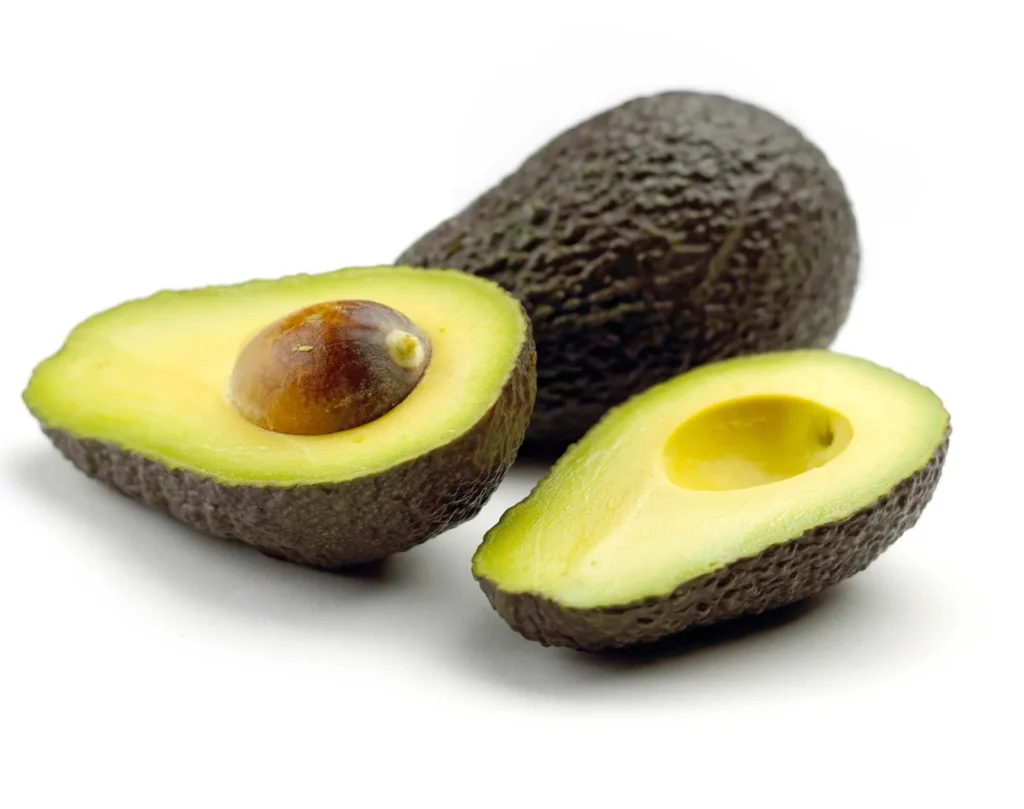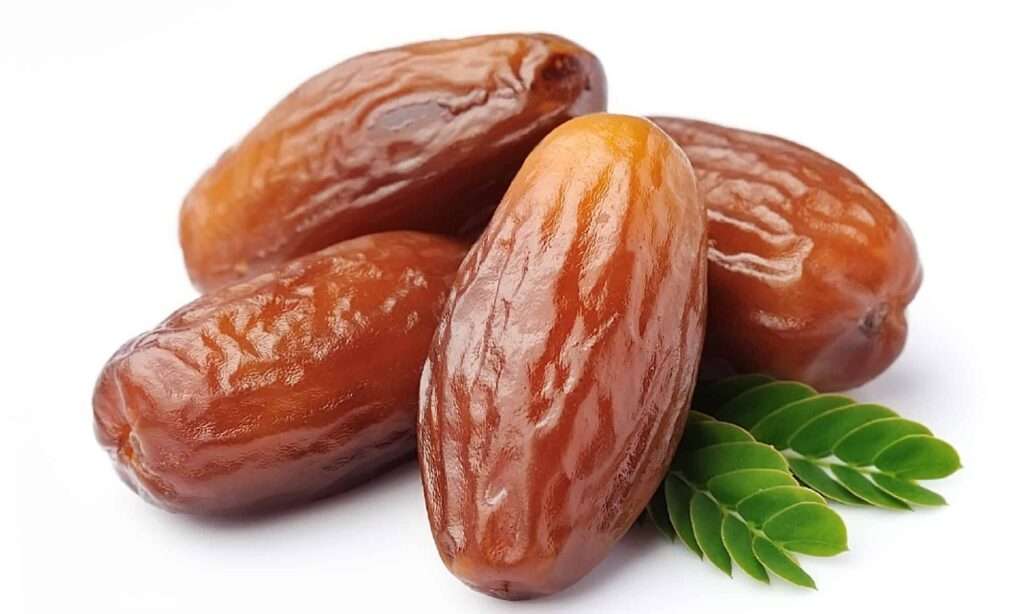
Description
The fruits are egg-shaped and range in length from 4 to 10 centimetres. They can be yellow, orange, crimson, or almost purple in colour. They can have black, longitudinal stripes on occasion. Yellow and orange fruits are sweeter and more acidic than red fruits. The texture of the flesh is firm, and there are more and bigger seeds present than in a typical tomato.
Varieties
Three varieties of tamarillo have been identified: yellow, red, and purple with the red variety being the most well-known and widespread. However, no specific variants have been identified or studied.

Uses
They have a variety of culinary applications and can be consumed cooked or raw in desserts or salads. The flesh can be consumed raw or prepared into a variety of meals and condiments, both savory and sweet.
Nutrition
3 g of protein, 3 g of fat, 1 g of fiber and 1637 international units of vitamin A that is more than 100% of your daily needs.
Cultivation
Tamarillo trees must be relocated to a bright, frost-free area in the winter because they are not frost-hardy. Therefore, growing your tamarillo in a container makes sense. The tamarillo prefers a partially shaded area than a sunny one. The best time to transplant young plants is in the spring, around mid-May, when there is no longer a chance of freezing evenings.
Table





